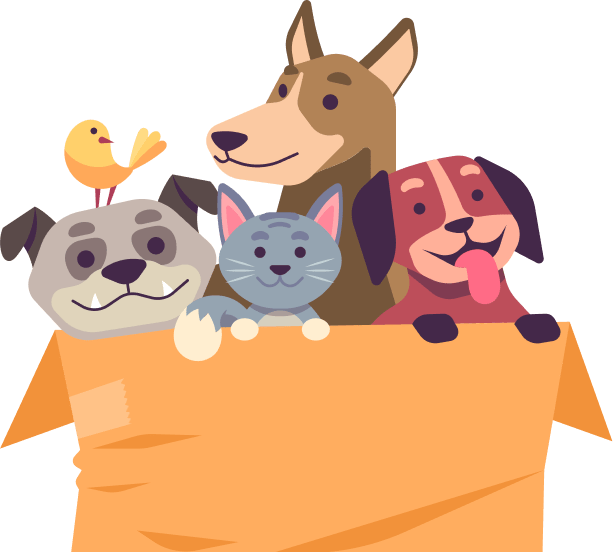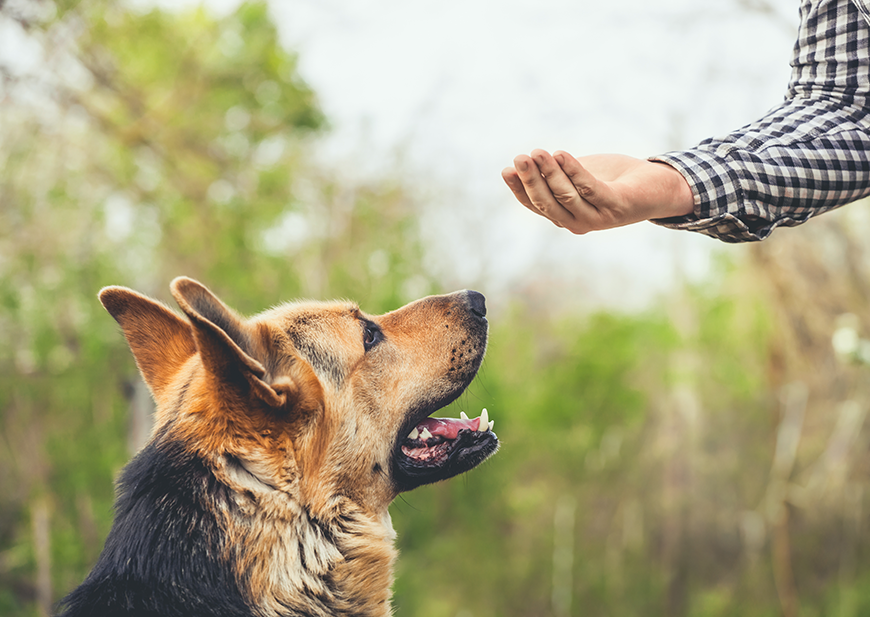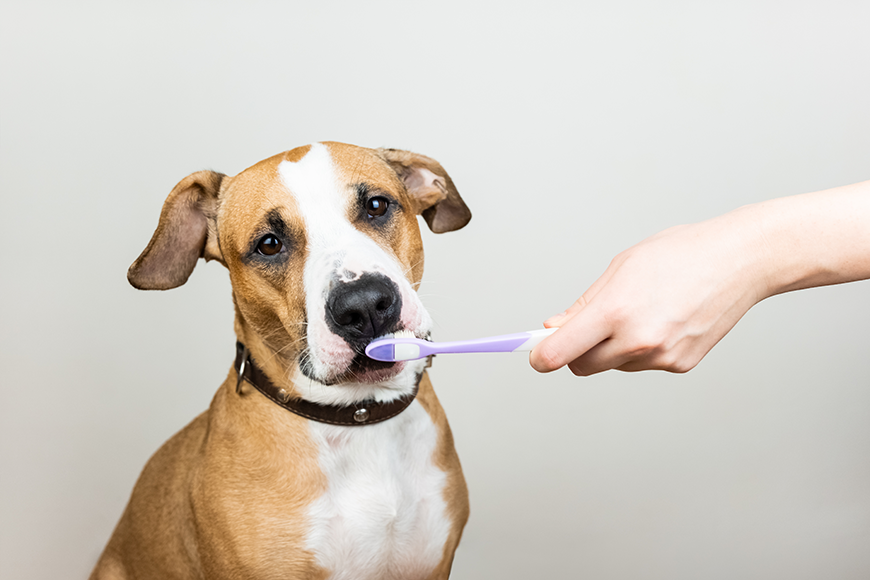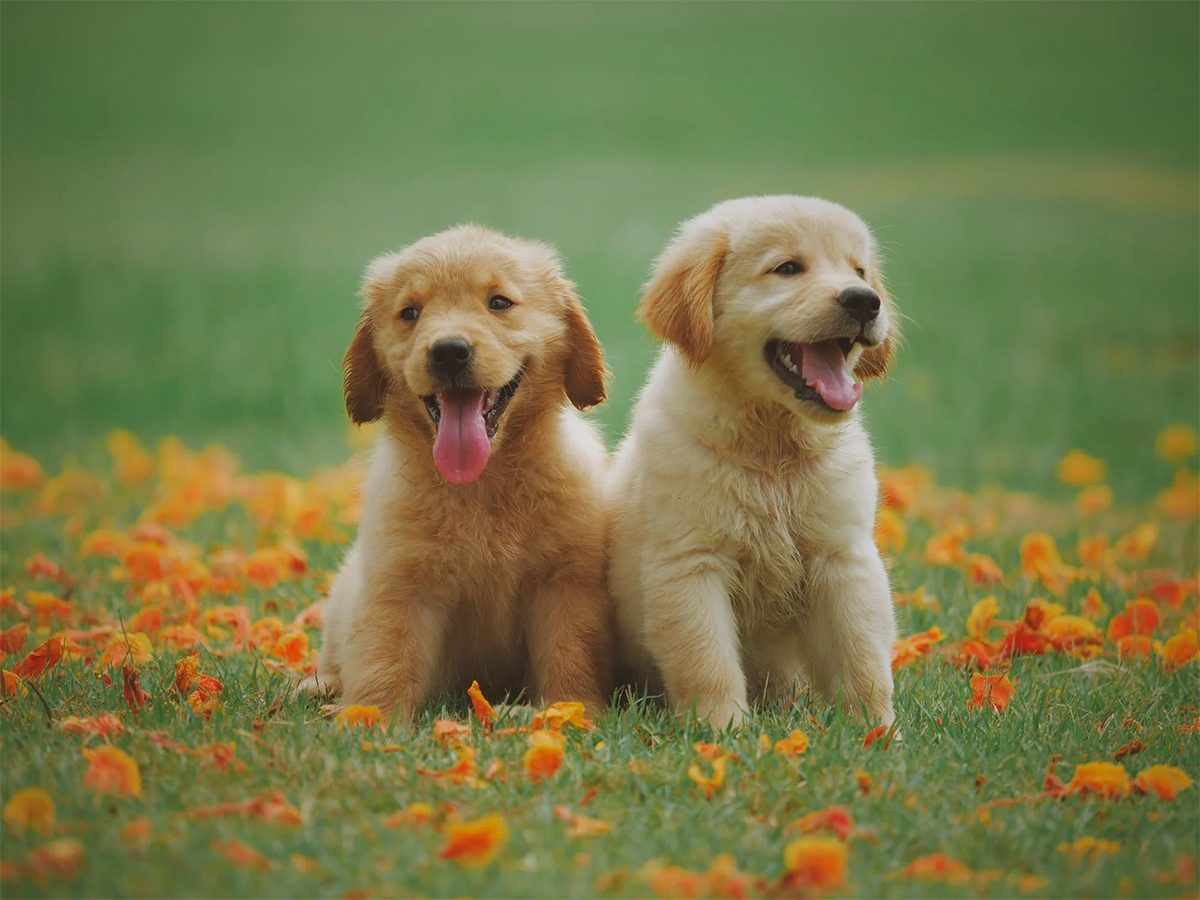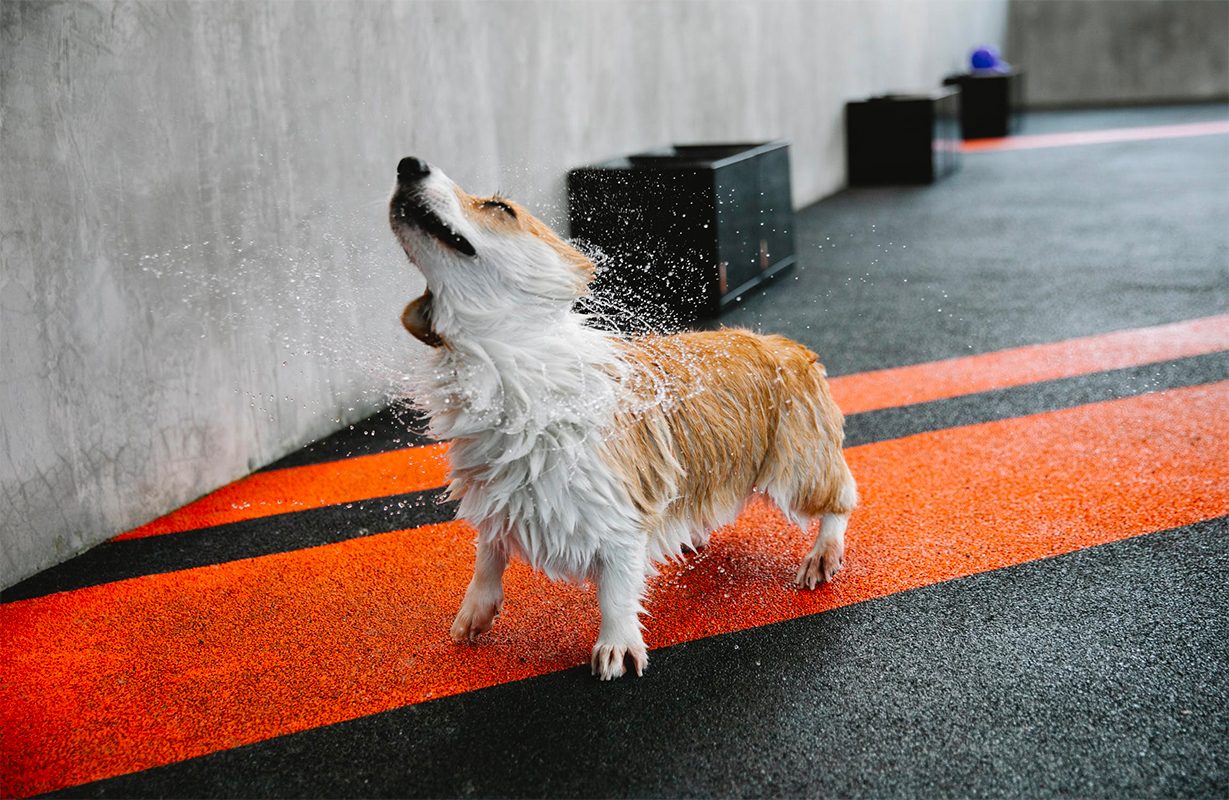How to choose a training reward for your dog
How to choose a training reward for your dog
Training reward for your dog.There are many ways to reward your dog for a job well done. Throwing a tennis ball might be great at the end of a long “stay,” or a romp in the backyard after practicing “wait” by the door. But food treats are often the most convenient. An effective way to influence your dog’s behavior. Here are some tips for choosing the right reward to suit the needs of your dog.
Using positive reinforcement is one of the easiest ways to train a dog. Training reward for your dog using this method, you reward your dog to reinforce a behavior you like. For example, if you ask your dog to sit and he does it, you give him a treat. You are rewarding the dog’s good behavior. But a reward does not need to be food, toys and praise are also great rewards.
Treats
Choosing the right training treats is so important. That’s mean the difference between a successful training session and an unsuccessful one. But it can be so hard to know what treats to choose! Animals learn much faster if the rate of reinforcement is high. So when training your dog it is easier and faster to deliver a small. Soft food treat that can consume! This is why small, soft treats are ideal for teaching new behaviors.
Small bite-sized treats
Tiny like the size of a pea. Look for treats that break up and don’t crumble. Keeping the treat size-tiny keeps your dog hungry, calories down and saves you money on treats. Also, small treats are easy for your pet to eat so they can get back to their training.
Soft treats are best
Soft treats are easy for your dog to chew and swallow. If you train using hard treats. You have to wait for your dog to crunch, crunch and crunch. Some more before moving forward and continuing with the training. This is why when picking a suitable training treat for your dog. It is best to avoid crunchy biscuits. Style treats as these take a long time to eat and can break into lots of small pieces when chewed.
The smellier the better!
In a dog’s eyes the smellier the better! This is why it is so important to select treats with a strong aroma. The stinkier, the better, as your dog has a fabulous nose. In general, treats that smell the best to dog’s are meat-based. Especially fish treats like the Orijen Six Fix Freeze Dog Treat.
Low value vs high value
When training your dog owners need to think of the value of the treats that you provide. In general, owners should aim for a good mix of low. Value and high-value treats. Low-value treats to use often for easy behaviors. And high-value treats for when you need a stronger lure. When your dog responds particularly well and you want to give a bigger reward!
Also, using a good variety of treats helps make sure that your dog stays interested in their training. An example of a low-value treat would be some of your dogs. Kibble while a higher value treat would be something like roast chicken, cheese. Healthy meat-based store-bought treat!
Non-perishable
When selecting a treat for training it is important to also consider practicality. Although it would be lovely to always have high-value fresh treats. Like roast chicken available it is not practical to carry around all the time. So there is definitely something to said for having non-perishable treats. Always at your disposal. Non-perishable treats are easy to use for day-to-day training both in the house and out on walks. These treats are already in chunks of a perfect size for training. And you can carry a handful of them in your pocket or keep a bag of them around without worrying that they will go bad. Having them always at the ready allows you to “catch” your dog being good and reinforce him or her. A great option for non-perishable treats is freeze. Dried treats like the Orijen Free-Run Duck Treats.
Change it up!
as your dog likes certain treats more than others, they also like to have a variety. If the same treats are offering day after day dogs can become bored very. So if you notice your dog’s enthusiasm is fading, it may be time to change to a different reward. A good way to be well equipped for a training session is to have several sorts of treats ready. So your dog never knows what type of delicious morsel is coming next.
Toys
Play with your dog!
Anyone who has trained a dog for an active sport. Like agility or ball knows the value of using toys and play in training. But toys, games, and play don’t apply only to training for dog sports. Playing with your dog can be a powerful relationship. Building tool, as well as an exciting reward. Tugging and retrieving may be the most obvious play rewards. But playing games with your dog is limit only by your (and your dog’s) imagination. Tugs like the Beco Ball On A Rope offer a great interactive way to reward your dog. While keeping their attention on you.
Praise
Talk to your dog
No matter what you are doing training-wise. It is important to never forget to praise your dog’s good behavior. Praise, “happy talk,” or a simple “Good dog!” may be the most common type of reward there is! Some dogs find praise rewarding. But even dogs who don’t seem to can become praise seekers if you pair your praise with other great things. For example, if you teach your dog to “down” with a click, followed by a treat or tug, you can add in “Good dog!” as you deliver the treat or play the game of tug. Soon, your dog will learn to associate that happy praise with the treat or tug, and “Good dog!” will become its own reward.
But remember when it comes to rewarding your dog. It is important to keep an open mind and provide your dog with a variety of rewards to suit the situation. The behavior you are trying to teach. After all, by switching up your rewards you keep training fun and exciting for your dog.Training reward for your dog
Share :
Share on facebook
Share on twitter
Share on linkedin
Popular Post
How to choose a training
April 27, 2019
Top tips for caring for
April 27, 2019
Tips for keeping your cat
April 27, 2019
Archives
Tags
Animal hospital in Lahore
Animal hospital Lahore
Best pet grooming in Lahore
Best Vets
cat indoor entertainment tips
Cloth
dog's teeth caring tips
Food
Health
How to choose a training reward for your dog
New Pet
Online Pet Shop
Online Pet Store
Pet
Pet2
Pet Clinics
Pet Hospital in Lahore
Pet Hospitals
Pet Shop
Pet Store
Shop
Training
Veterinary
veterinary clinic in Lahore
Veterinary Clinics
Veterinary Doctor
Veterinary Hospital
Veterinary hospital in Lahore
Vets in Lahore
Email for newsletter
Pet Supplies
At Pets Mall, we offer premium quality dog and cat food, pet supplies, and vaccination. Get everything you need for your pet!
Mobile Pet Clinic
If you pets need immediate veterinary’s treatment, give us a call and we will send a specialist vet to your home.
Contact us
- 34 Q Block, Johar Town, Shah Alam Road, Near Ayub Chowk , Lahore
- petsmallpk@gmail.com
- 0301-7475573 , 0313-4343476
COPYRIGHT © PetsMall.pk ALL RIGHTS RESERVED. | DEVELOPED BY DIGIKNOWN
